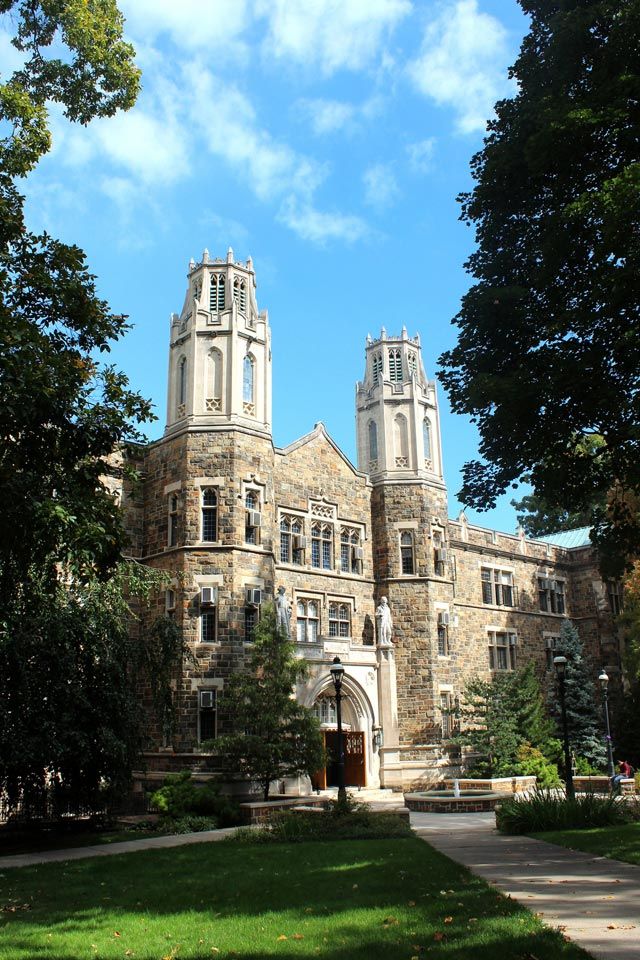Not everything that flies, says Donald Rockwell, employs the same type of wing motion.
A large bird has a well-recognized motion, while the small wings of insects beat much faster. The wings of hovering insects create an almost figure-eight type of pattern. And the flow patterns of both birds and insects are much more sophisticated than those of aircraft.
Rockwell, the Paul B. Reinhold Professor of mechanical engineering and mechanics, uses lasers to illuminate the complex physics of fluid flows – from the breaking of ocean waves against oil derricks to the flow of blood from a catheter.
One of the most fascinating phenomena he studies is the flow patterns generated by beating insect wings.
“Fruit flies and dragonflies have incredible maneuvering ability,” says Rockwell. “If we understand the kinds of vortices formed by their wing motions, we can optimize the flight of micro-aerial and other manmade vehicles.”
In Lehigh’s Fluids Research Laboratory, Rockwell’s group was the first to quantitatively image basic vortex patterns using laser-based imaging techniques and image processing.
“We are now constructing 3-D images of vortices for two classes of wing motion,” says Rockwell. “The first is characterized by a sudden increase in the angle of the attack of the wing. The second is a rotating motion of the wing.
“When a wing rotates, the fluid is exposed to centripetal and Coriolis accelerations, which do not occur if the wing flapping is in a straight line.”
To see vortices in 3-D, Rockwell’s group conducts two types of experiments: stereo imaging and sectional imaging. For the latter, they seek to look at a cross-section of the flow pattern on one plane. Laser imaging enables the group to stack the images on many planes, using a technique called phase referencing, and thereby con- struct a 3-D image of the flow field above and on the wing.
“The flow patterns generated by insect wings are not steady,” says Rockwell. “You’re not looking at the same 3-D velocity at all times. It’s necessary to track wing motion, 3-D velocity and changing patterns of velocity over time.
“With sectional imaging, we use one laser sheet and scan it to different locations. By successively moving the laser to different positions, it is possible to acquire a large number of slices of the flow. Simultaneously, we reference this image acquisition to the position of the wing. We tell the computer to take an image at, say, an angle of 80 degrees. This process can be repeated at different angles of wing rotation to determine the time history of the volume [3-D] flow pattern. We’ve just developed a stereo version of this technique, which will provide further insight.”
Rockwell also studies shallow flows, especially the flow of water past cavities in rivers and tidal zones. Spur dikes prevent erosion and create a cavity flow. Pollutants entering this cavity will eventually find their way back to the main river or tide. How fast this occurs depends on the vortex being formed near the entrance to the cavity.
“We need to understand what controls vortex formation in order to figure out how fast pollutants are entering the river,” he says.
Rockwell has advised 34 Ph.D. students at Lehigh. His research has been funded for decades by the Air Force Office of Scientific Research, the Office of Naval Research and NSF.
Last summer, Experiments in Fluids dedicated an entire issue – 28 refereed articles and more than 350 pages – to Rockwell for his leadership as the journal’s editor-in-chief and his contributions to the field of fluid mechanics.

